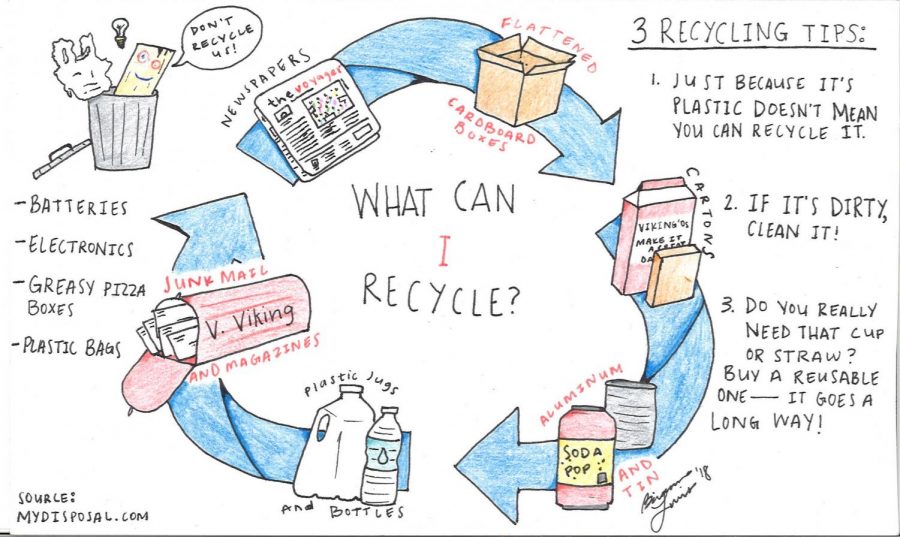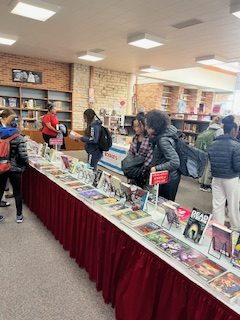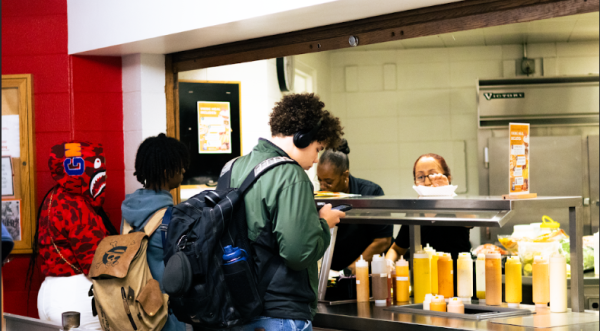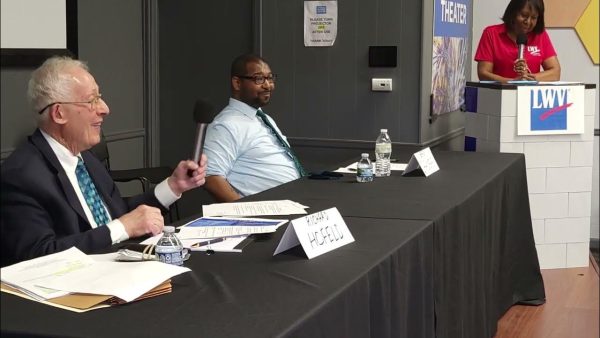The truth about recycling
Your recycling may actually be going to landfills
According to the Huffington Post, two-thirds of America is experiencing a “recycling crisis” that is causing many to scramble to find a solution.
In January, China banned several categories of recyclable waste. Before this China bought these recyclable goods from the U.S. and several other countries like Canada, Germany, Japan, and many more. This was good for us, especially since we don’t have the proper facilities to recycle everything needed to be recycled.
Now there are few willing buyers of recyclables in the U.S. This is concerning because America recycles about 66 million tons of material every year and about one-third was exported overseas, mostly to China.
As a result of this, many American recycling companies have had to resort to landfills over the last couple of months because they have had no place to put their recycling.
One of the main reasons China decided on this ban was because the recyclables the U.S. was sending had too much contamination. These things cannot be recycled and as a result, China was left with nothing to do with the waste.
Also, countries like Ireland, which sent 95 percent of its plastic waste to China in 2016, will “reach crisis levels” of garbage if an alternative destination isn’t found.
From a young age senior Shallon Malfeo has grown up recycling and said even though much of our recycling is ending up in landfills it is still important to recycle.
“Even though it might be a small percentage being recycled it’s still making a difference,” Malfeo said. “There are still things that we can keep out of the landfill and turn into other products and for that reason it’s [recycling] is still helpful.”
This school year Malfeo and Principal Dr. Jerry Lee Anderson have been working to increase the amount of recycling in the school and to replace non-recyclable items like styrofoam, which was previously used in the cafeteria, with recyclable ones.
“Last year I started noticing that everything we use in the cafeteria was styrofoam. This bothered me because I know that styrofoam takes hundreds to thousands of years to decompose in the landfill,” Malfeo said. “I brought this up to Dr. Anderson to see what she thought about it and now in the cafeteria everything we use is paper.”
Anderson said the school is just beginning to touch on recycling and still has a lot more to do.
“How I know when we own recycling is when a great amount of students want to be more environmentally conscious,” Anderson said.
In addition to using more paper in the cafeteria, in the last two years H-F has increased the amount of bottle filling stations on campus.
Director of Operations and Management, Thomas Wagner, said this is is the most important thing the school has done thus far to reduce the amount of waste we produce.
“Just think, if everyone on campus bought one bottle of water today and instead of tossing the empty bottle, they filled it for the next drink. This alone just saved over 3000 plastic bottles from a landfill and that’s just one time. Think of the potential,” Wagner said.
The recycling in our school is collected by Homewood Disposal. The recycling is then sorted at their facility in East Hazel Crest and from there shipped all over North America. They are used to make a variety of things like plastic bottles, carpeting, textiles, cans, and fiberglass.
Education Coordinator of Homewood Disposal, Megan McElligott-Laxton, said the restrictions China put on incoming material were ones that even “the best recyclers” like Homewood Disposal couldn’t meet.
“We sent most of our paper and cardboard to China for recycling,” McElligott-Laxton said. “The U.S. as a whole is struggling to find other markets for a lot of the material that once went to China. New mills are being built now, but it will still be down the road before they will be accepting material. However, over time we are optimistic that there will be enough demand on the mill side to meet the current supply.”
Malfeo, Wagner, and Anderson all said they believe this “recycling crisis” has a solution and it all starts with us.
“I think young people will find more ways to use recyclable products, but we have to do that right now as a country,” Anderson said. “We’re a time of use it and throw it away and people don’t think about where we’re putting it [our garbage]. So as more and more landfills come about we have to start thinking of viable alternatives.”







Rick Bryant • Oct 19, 2018 at 1:38 pm
Hi Kemi:
I work with US Congresswoman Robin Kelly and we talked this morning. I want to commend you on your writing and reporting. After reading this article (The Truth About Recycling), I was reminded of the movie “Idiocracy.” If you haven’t seen it, you should. It’s meant to be ridiculously funny, which it would be were it not hitting so close to home. Check it out.
Congrats to you and the staff at the HF Voyager. Journalism is a cornerstone of democracy.
Rick Bryant
Senior Adviser
US Rep. Robin Kelly